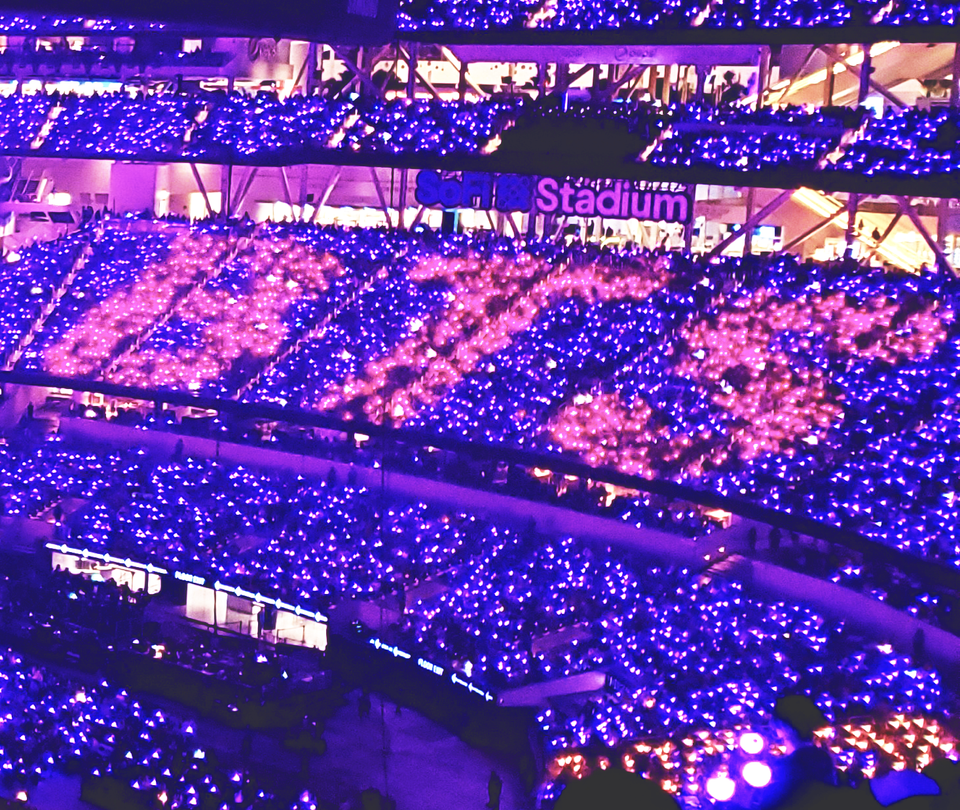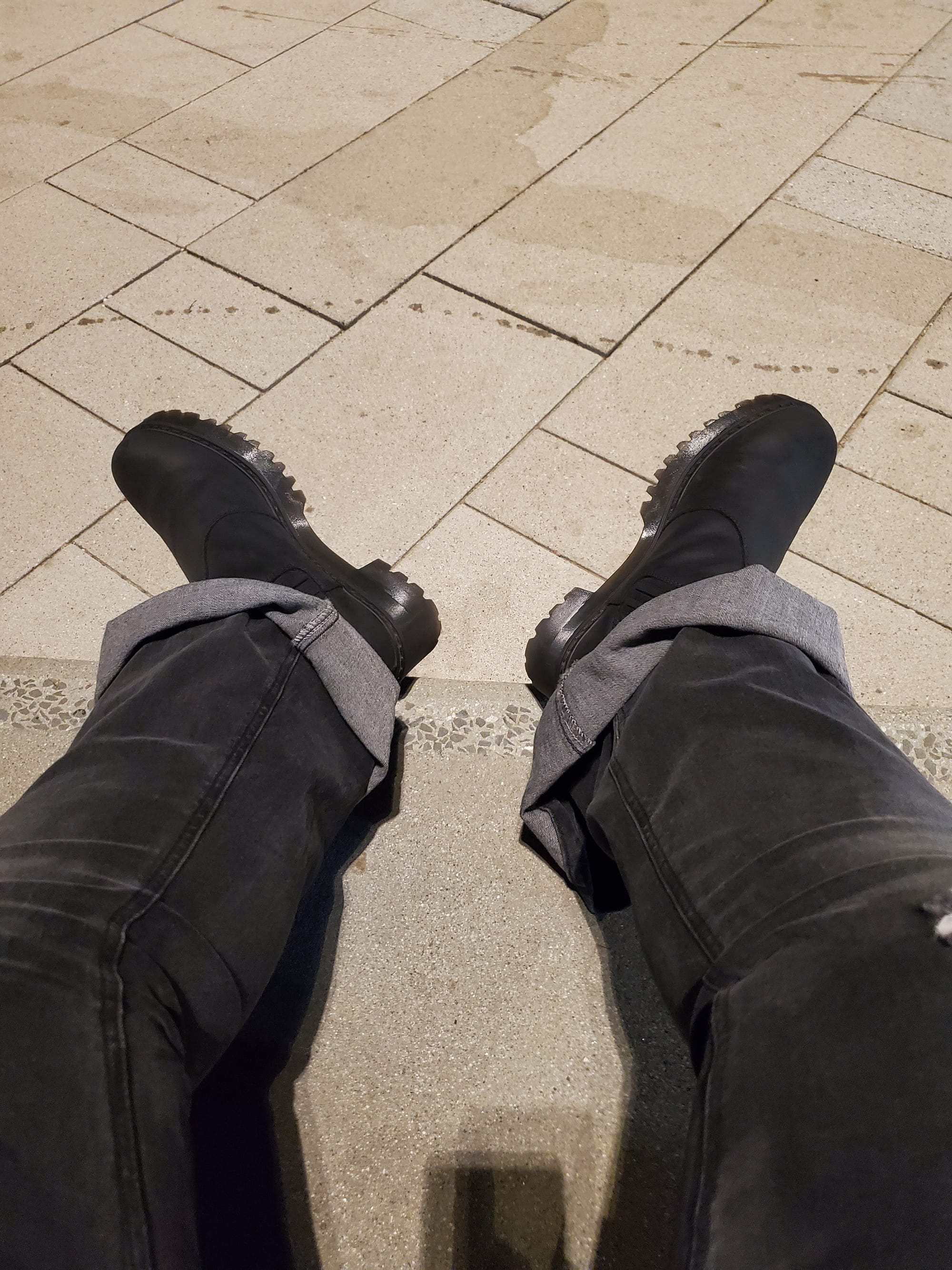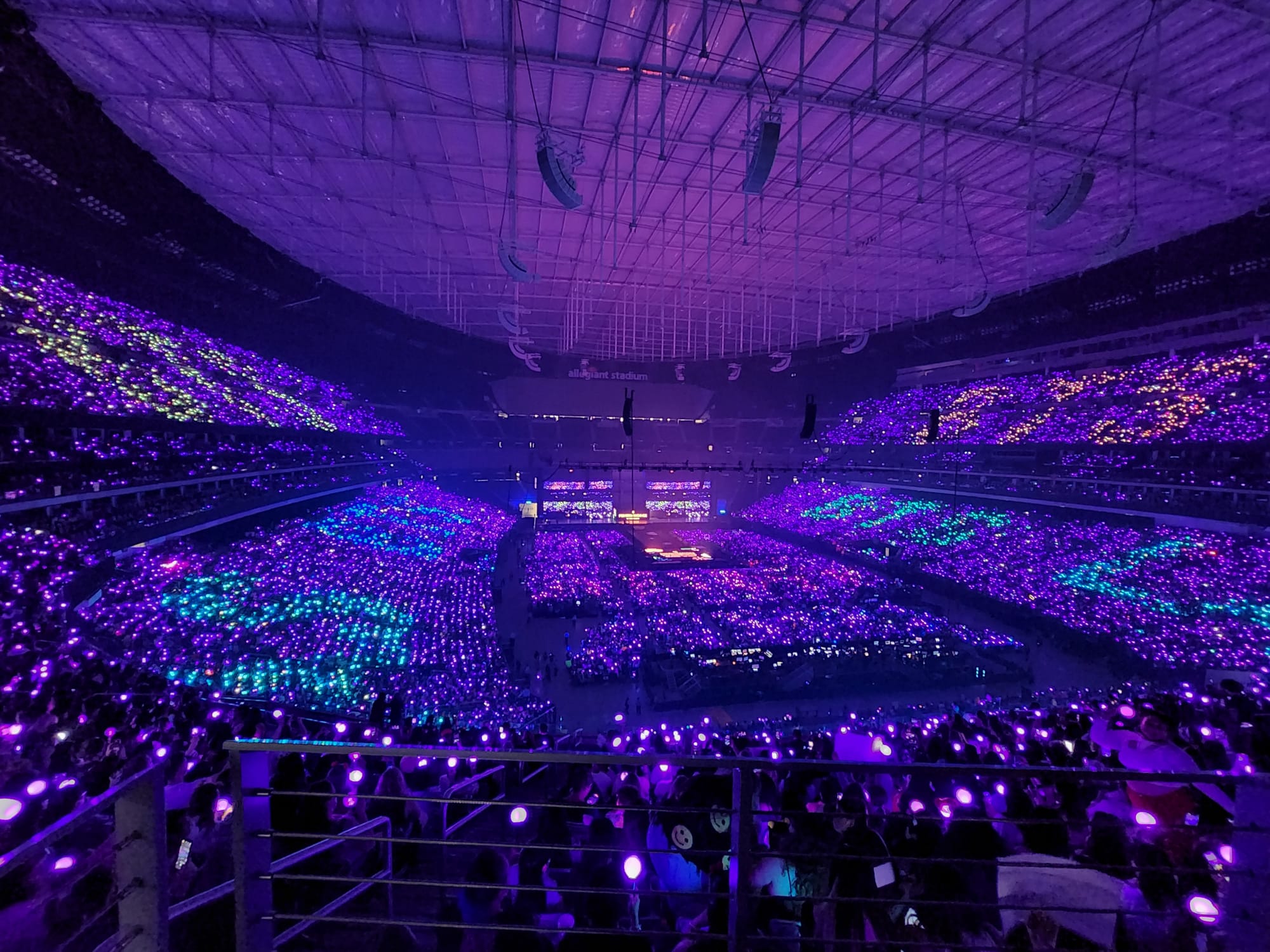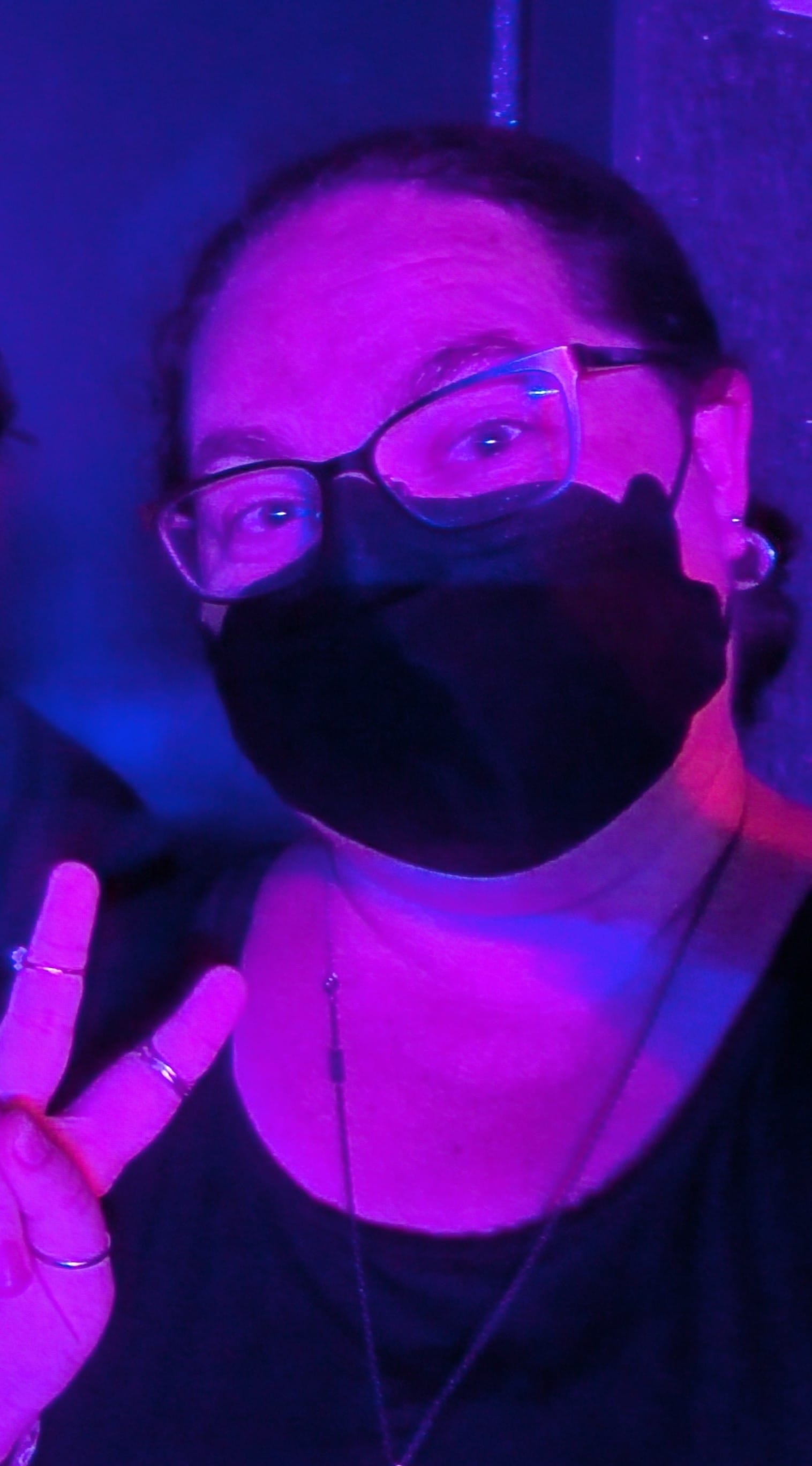The High Price of Access: Disabled Fans' Challenges and the Power of Concert Community

Concerts offer unforgettable experiences, but for disabled fans, inaccessibility can turn these events into grueling challenges. Imagine 40,000 screaming fans waving Bluetooth-synced lightsticks, musicians declaring their love for their fans, and an electrifying atmosphere you can almost taste. The connection between fans is tangible and euphoric. It’s the kind of moment fans dream about, and for many, it’s a ticket into an unforgettable shared experience. But for disabled fans, attending such events often feels less like a dream and more like an Olympic event—complete with hurdles, high stakes, and a good chance of injury.
And here’s the kicker: many of these challenges don’t have to exist.
Let’s unpack the hidden costs—physical, emotional, and financial—of inaccessible live events and explore how concert accessibility can improve to ensure every disabled fan can fully participate in the community experience.

The Physical and Emotional Toll of Inaccessible Concerts
If you’re disabled, attending a concert in person can be like embarking on a quest without a map. Ticket-buying is a nightmare of its own, often plagued by the usual suspects (glitchy software, bots, endless queues, and the quick dash to secure an elusive seat), limited ADA seating, and poor communication from venues about accommodations. But even if you secure a ticket, the challenges don’t end there.
Imagine showing up to a venue and not finding a clear ADA line, as one disabled ARMY did at SoFi Stadium for BTS’s Permission to Dance concerts. Despite the venue’s website claiming ADA-specific lines would exist, staff on the ground seemed unaware[1]. I overheard an employee tell another ARMY that there were no ADA-specific lines, and I pulled the policy and website info up on my phone to correct them, advocating not just for myself but for her as well. And that’s just the entry to the venue.
The ADA is the American's with Disablities Act. Learn more about ADA tickets services guidelines: https://www.ada.gov/resources/ticket-sales/ and ADA for accessible stadiums pdf: https://archive.ada.gov/stadium.pdf ↩︎
Another ARMY described the chaos inside:
“I have a mobility device and had a ticket [for an ADA seat], which with an accessibility device the only way to get to was using a wheelchair lift. It took me over 20 minutes to locate this as no one knew where it was and I was being sent to the wrong place over and over again. Finally when I got to the right place the lift needed a special key to get it to work that no one had. It took an additional 45 minutes to find this key.”
The fan added that after the concert, they were stuck on the platform again, freezing and needing the restroom, waiting another 45 minutes for someone to locate the key.
Inside the venue, it’s often a game of trial and error. Concert accessibility issues compound when maps don’t work without WiFi. Elevators and wheelchair lifts require special keys that staff struggle to locate. Add in sensory overwhelm—the deafening volume, the crush of the crowd—and even the most anticipated night can turn into a test of endurance. Some fans end up spending days recovering in bed, not from the joy of the event but from the toll of navigating an inaccessible world.
And yet, disabled fans still go. Why? Because fandom is a space where disabled people find joy, connection, and a sense of belonging. The stakes aren’t just about missing a show. They’re about missing a moment of community and validation. As one ARMY shared,
“Meeting ARMY is always an unforgettable experience that bonds [like] no other. For 2 years we’ve felt adrift, depressed and alone. But the moment we got into the parking lot and started smiling at and chatting with ARMY all of that went away. Coming back to BTS and ARMY always feels like home. Something inside you just lets go.”
This underscores an essential truth: for many, the joy of attending isn’t just about the performance—it’s about connecting with a community that understands and supports them.
Why Community Makes Concerts Special for Disabled Fans

Concerts are more than just performances—they’re powerful community moments. For many ARMY members, the joy of attending BTS concerts comes not only from the music but also from the connections they forge. These experiences are about shared energy, inside jokes, and collective catharsis. Disabled fans often recount how the camaraderie of fellow fans helps them navigate the challenges of in-person events.
“I arranged to meet other ARMYs I’d only ever spoken to online,” one fan shared. “We looked out for each other. Whether it was saving seats, helping with directions, or just sharing snacks, those small acts of kindness made all the difference.”
The sense of belonging extends beyond the venue itself. Fans use social media and group chats to share advice, vent frustrations, and celebrate victories. For disabled fans, these networks can be a lifeline. The power of community doesn’t just enhance the concert experience—it makes it possible.
The Urgent Need for Accessibility Improvements
While the community does its best to fill the gaps, it shouldn’t have to. The responsibility of ensuring accessibility lies with event organizers and venues. Clear communication, trained staff, and well-designed facilities are not optional—they’re essential.
Considerations like clearly marked ADA lines, functional elevators, and reliable maps should be baseline standards. Staff should be trained not only on the logistics of accessibility but also on how to interact respectfully with disabled patrons. The experience of being ignored, dismissed, or given misinformation only compounds the challenges.
Conclusion: A Community Worth Fighting For
Disabled fans shouldn’t have to choose between community and comfort, between joy and recovery. Concert accessibility is essential to making sure every fan feels included and valued. Concerts are moments of magic, where fans come together to celebrate their shared love. The bonds forged in these spaces are profound and life-affirming. But for too many, the barriers to entry remain daunting. It’s time for venues and organizers to step up and meet the standard that fans—and the community they build—deserve.

This post draws on insights from an ethnographic study examining the experiences of disabled fans at BTS concerts. For a deeper dive into this work, see the original study: Kathryn E. Ringland, Elin Carstensdottir, Matthew Tung, Bhavani Seetharaman, Tessa Eagle, Leya Breanna Baltaxe-Admony, and Kevin Weatherwax. 2024. Together in the Mikrokosmos: Exploring Disabled Embodied Experiences in Designed Sociotechnical Worlds. Proceedings of the ACM on Human-Computer Interaction 8, CSCW2: 1–39. https://doi.org/10.1145/3686974
If you enjoyed this post, I’d love for you to share it on social media and invite others to join the conversation. Don’t forget to subscribe to my blog for more reflections, stories, and critical takes delivered straight to your inbox. Let’s build a community where joy and connection thrive!
Member discussion